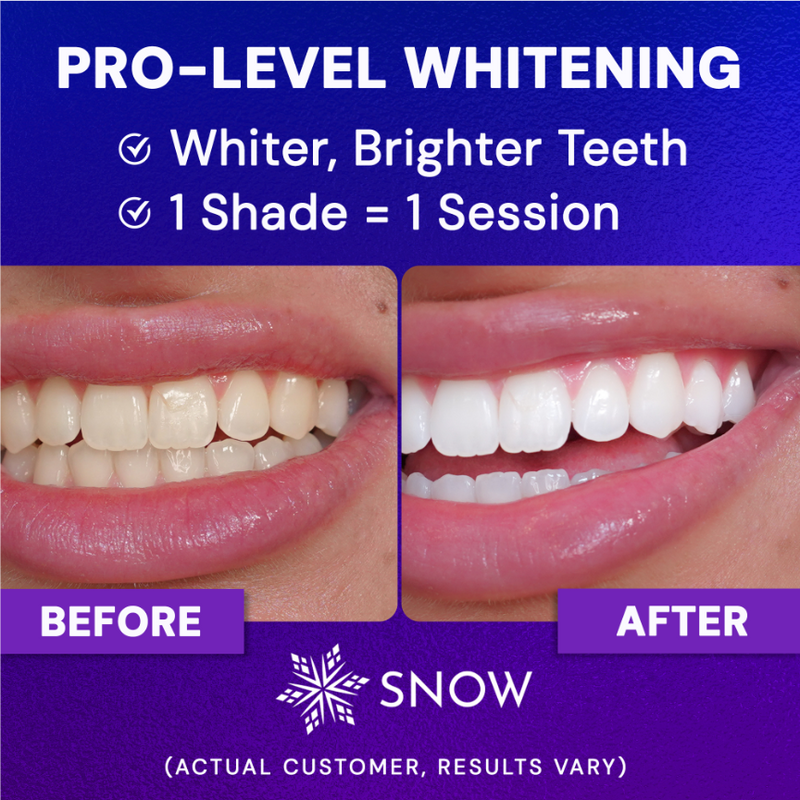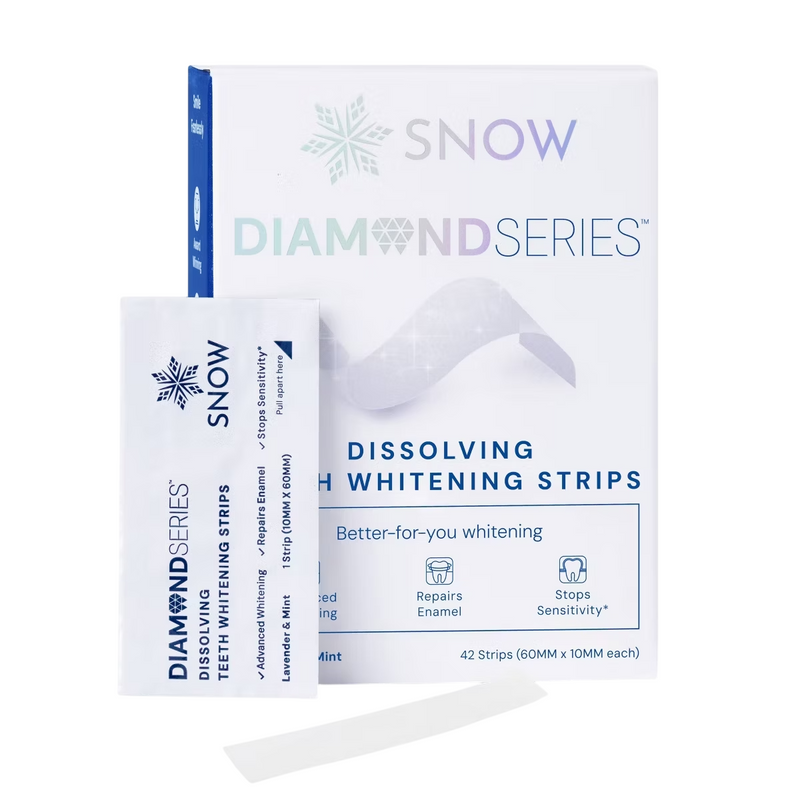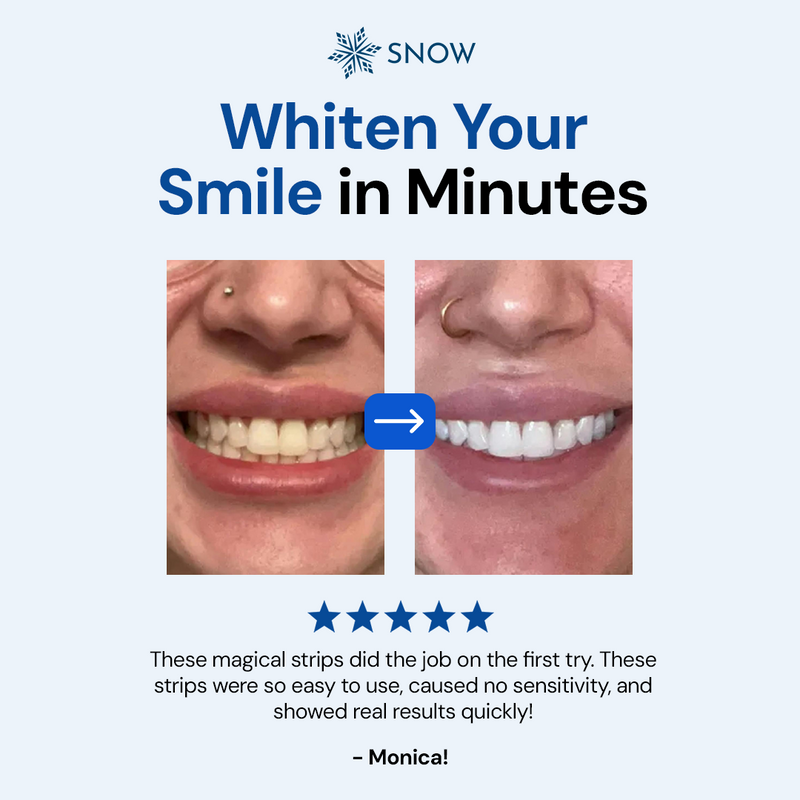Braces are a pain. Literally.

The expander alone is enough to make every school-aged kid want to smack a classmate upside the head. Expanders are not for sissies.
Taking your ten-year-old back to school with tears in his eyes because the pain radiates through his jaw is not much fun for the parent.
Perhaps one of the funniest things about having kids with braces is getting them to brush their teeth. The begging, the pleading, and the crying. So much parental crying. (You may call it manipulation. I call it strategy.)
They’re not thrilled about having metal in their mouths. It pokes them, irritates the inside of their cheeks, and it hurts their jaws.
So, getting them not simply to brush their teeth, but to brush them properly? Yeah. That’s just a wee bit of a struggle.

Some of you may have even resorted to grabbing that itty bitty brush that looks like it was made for squirrel teeth and wielded it inside of your child’s mouth. (Me. I’m some people.)
Failing to brush the teeth when you have braces is a huge no no. It’s bad for the teeth and the gums. And an unhealthy mouth eventually leads to an unhealthy body.
Let’s talk about the challenge: having those little metal brackets, wires, and rubber bands in your mouth when trying to clean all the plaque, tartar, food particles, and bacteria off of the teeth. It’s not an easy task for an adult, let alone a teenager or ten year old.
All of the orthodontia traps extra food and bacteria, making it even harder to have a clean mouth. And it makes it really, really hard to have clean teeth.
How Can You Get Whiter Teeth With Braces?
A trip to the orthodontist for checkups will no doubt include instructions on the proper way to brush the teeth. It will include specific instructions for brushing around each bracket and the proper way to floss.
The routine must be performed twice a day at a minimum. Some orthodontists will tell their patients to brush after every meal. They will also want patients to drink plenty of water for rinsing excess food and bacteria off of the teeth, neutralizing acid, and hydrating to avoid dry mouth. (Dry mouth leads to bad breath and tooth decay.)
Here are some things you can do to keep your teeth as white as possible while wearing braces …

Use Fluoride Toothpaste. Find a good old, non-whitening fluoride toothpaste that the American Dental Association approves. You want to make certain it is non-abrasive and contains absolutely no whitening ingredients.
If you whiten while your braces are on, how do you think it will look when your braces come off? Perhaps like squares of yellow outlined in white? Yes. That sounds really eye-catching for your newly straightened smile.
So, save yourself the trouble of overanalyzing all the whitening toothpaste staring back at you in the store aisle. Pick a standard fluoride paste.
Fluoride is a mineral that your teeth need to keep the enamel strong and guard against tooth decay.
Find a Good Toothbrush. Check with your orthodontist. Ask her which toothbrush is the best choice for you. She may suggest an orthodontic toothbrush with v-shaped bristles. Those particular toothbrushes are designed to work their way around all the metal on your teeth.
Of course, there is the regular manual toothbrush. There is nothing wrong with brushing manually as long as you go with a soft-bristled toothbrush that has a head in the appropriate size. You want to be able to fit the brush all the way to the back teeth.
The third choice in toothbrushes is an electric toothbrush. Electric toothbrushes are sometimes preferred to manual toothbrushes for scrubbing away all of the extra food particles and plaque in mouths full of orthodontia. This is especially true for toothbrushes with sonic vibrations.

Flossing is important. It is perfectly normal to use standard dental floss when you have braces. But there is an easier way.
Floss threaders or orthodontic flossers will make it easier to maneuver in and around braces. They can floss underneath the appliances.
Flossing at least once per day is recommended. It is best to do it before bed and hit all the areas in between teeth that the toothbrush can’t quite get to.
Be sure to use your floss correctly by hugging each tooth with the floss and wiggling it up and down each side of the tooth before switching to the next space. Flossing is important for your oral health.
Try an interdental brush. This teeny brush is otherwise known as an interproximal brush. Imagine a little bitty wand with tiny bristles. It looks like a miniature bottle brush.
It is exactly the right size for cleaning every crack and crevice created by the presence of brackets and bands in your mouth. Brushing with this in addition to using a regular-sized toothbrush and floss will give you the cleanest mouth possible.
More than likely, your orthodontist will choose the perfect size magic braces wand. In this case, size is important.
Water flossing is an option. Using a water flosser is an extra step that ensures you remove every bit of loose food hiding amongst the orthodontia. Plus, a water flosser cleans along your gum line.
No, it is not an absolute necessity to run out and buy a water flosser. It is a great addition to keeping your mouth as healthy and clean and possible when you have braces? You bet it is.
Finish with a fluoride rinse. When you have braces, you are probably brushing like crazy to keep your mouth clean and keep bad breath at bay. (Holy smokes … braces can give you some monster breath.) But don’t stop with flossing and brushing.
Finish your regular oral hygiene with a fluoride mouthwash. Braces actually make you a tad more susceptible to tooth decay. Rinsing with a fluoride mouthwash gives you one more layer of protection by adding more fluoride to your enamel and freshening your breath.
One more thing to note about mouthwashes. Do NOT use a whitening mouthwash or one with alcohol.
Avoid Food and Drink That Stain Teeth. Yep. If you want your teeth to stay whiter with braces, then avoiding certain foods and drinks will help prevent staining.
So, avoid acidic foods and drinks, as well as wine, coffee, tea, and dark cola if you want to prevent unnecessary stains.
What Happens When the Braces Come Off?
Ok. After months, sometimes years, of wearing metal brackets and bands on your teeth, the day comes when they finally come off. Your teeth have been set free. Glory, hallelujah!
Well, don’t get too excited. All of that orthodontia gives you straight teeth and leaves its mark in your mouth. Your teeth will not be smooth. And they most definitely won’t be white.
Your orthodontist will do little magical teeth smoothing to remove the leftover glue/cement that was used to keep the brackets and other appliances in place.
Now You Can Whiten That Straight Smile

Yesss … Once those braces are off and all the gunk has been smoothed away, you can whiten your brand new smile. Your brand new, very yellow smile.
Your smile may even be shockingly yellow. You will be itching to change that.
Don’t jump the gun here.
Braces make your teeth vulnerable and sensitive. You want to give your teeth a solid six months to adjust before whitening. Plus, it is a little-known fact that the saliva in your mouth will be working to reduce that crazy discoloration naturally.
Whitening Toothpaste
If you took really great care of your teeth while wearing braces, your teeth might barely be stained. In that case, you can just go with a whitening toothpaste. You will need to brush with it consistently and wait several weeks to see results.
Whitening Strips
If you still want to go with an at-home option, you can try whitening strips. Whitening strips have a slightly stronger bleaching agent than whitening toothpaste. You can easily find them in grocery stores, drug stores, or online.
The strips can be used once a day for twenty to forty-five minutes. It will take anywhere from ten days to twenty-one days to see results. It’s best to use the strips before bedtime after all of your eating and drinking is finished for the day.
Whitening Trays
Another at-home method for whitening teeth is the use of whitening trays. Whitening trays are a fairly simple way to whiten. They cost a bit more than whitening strips but are still an affordable option.
Whitening with trays is simple. You squeeze a little bit of the whitening gel into the custom-fitted trays, open wide, insert them into your mouth, and bite down.
You will want to hold it in your mouth for thirty minutes to an hour. Then repeat every day for two to three weeks to see your desired results. (This is how long it typically takes.)
At-Home Whitening Systems
There are several at-home whitening systems on the market. Many of them offer whitening pens to paint the bleaching solution on your teeth.
Snow teeth whitening makes a unique whitening system for you to do at home. It comes with whitening wands and an LED light to accelerate the whitening process. The results are fantastic.
Snow’s whitening system produces bright white smiles all across America. They are a simple, successful solution for whitening your teeth after the braces come off.
Professional Whitening Treatment
If at-home options are not going to work for you, then there is always the option of a professional whitening treatment in your orthodontist’s office or your dentist’s office.
A professional whitening treatment can be completed in less than an hour. The bleaching solution that they use will produce results faster than any product you can find in the store.
The additional benefit of having your teeth professionally whitened is precision. A dental professional will more than likely do a better job of applying a bleaching solution than you can on your own.
So, what?
It is always important to practice a good oral hygiene routine. Always. It is the best way to maintain healthy teeth and gums. This is especially true when you have a mouth of braces.
Before you consider whitening your newly-straightened smile, be sure you are practicing a routine that consists of flossing, brushing, and rinsing your teeth.
Most dental professionals will not support the idea of you whitening your teeth while you are wearing the braces. It increases sensitivity to teeth that are already being moved and shifted around in your mouth.
Six months after the braces are removed, your teeth should have adjusted and settled on a shade. At that point, you should be able to safely whiten your teeth at your home or in a dental office.
Yes. Braces are a pain. But you will walk away with a smile that you are excited about … it just might take six more months before it’s the brilliant smile you’ve dreamed of!







































































